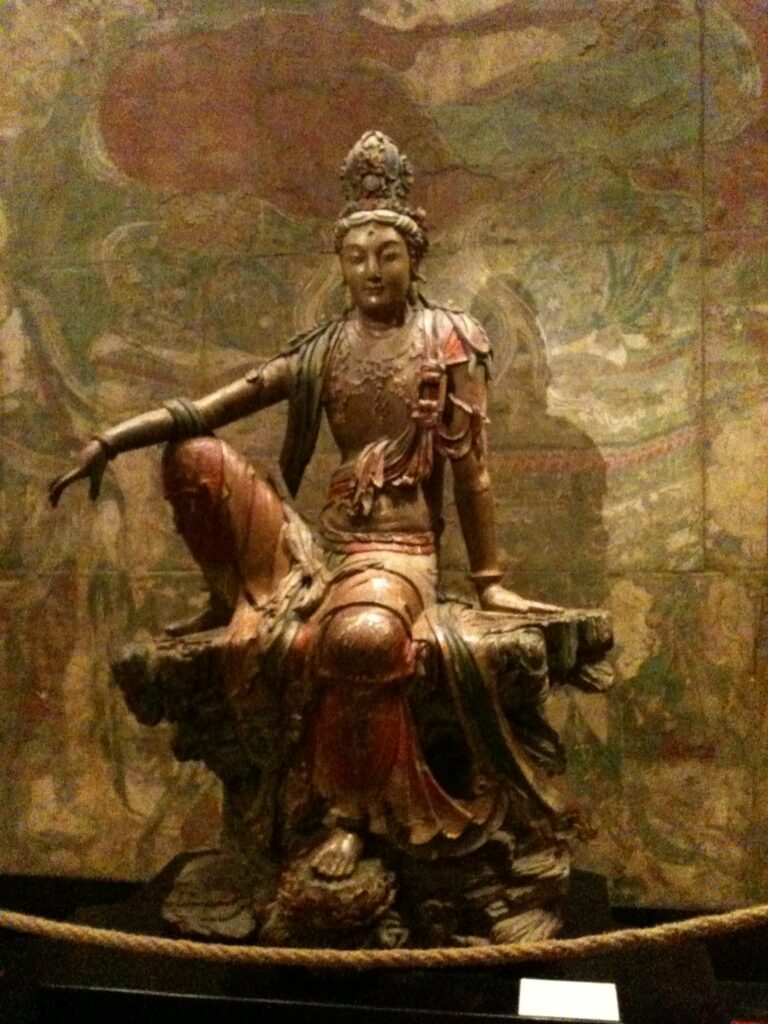
Through practice we awaken to a completely different way of experiencing
and understanding life — a way in which awareness and experience are not
separated. Free in each moment from the tyranny of reactivity and the dungeons
of confusion, our struggles with life have come to an end. In the next three
verses, Rangjung Dorje describes what happens then.
Here, it is helpful to recall the third line from verse 6:
The result obtained—two aims, free from the extremes of existence and peace.
The two aims are our own welfare on the one hand, and the welfare of others
on the other. While our practice is motivated by compassion for other beings, the
wish to free them from the vicissitudes of existence, our efforts have been
focused on freeing ourselves. Now that we know this possibility, we are flooded
with compassion for those who do not.
We all know this feeling. How often have you felt your heart break when you
see a friend or a close companion making a complete mess of her life because she just cannot see straight in the moment and you can’t get through to her, no
matter how hard you try? That is compassion.
Now something strange and wonderful happens. As we are flooded with
compassion, we know, through our practice, that there is nothing to it, that this
compassion is empty. And there we are, our heart breaking over the plight of
everyone we know yet, at the same time, completely at peace in the knowing. We
can experience that heartbreak without pushing it away or being taken over by it.
And that opens a totally new possibility — to do what we can, moment by
moment in our lives, to help others find the same possibility of peace and
presence in theirs.
That is buddhahood, and the next verse describes in formal language how that understanding takes expression in life.